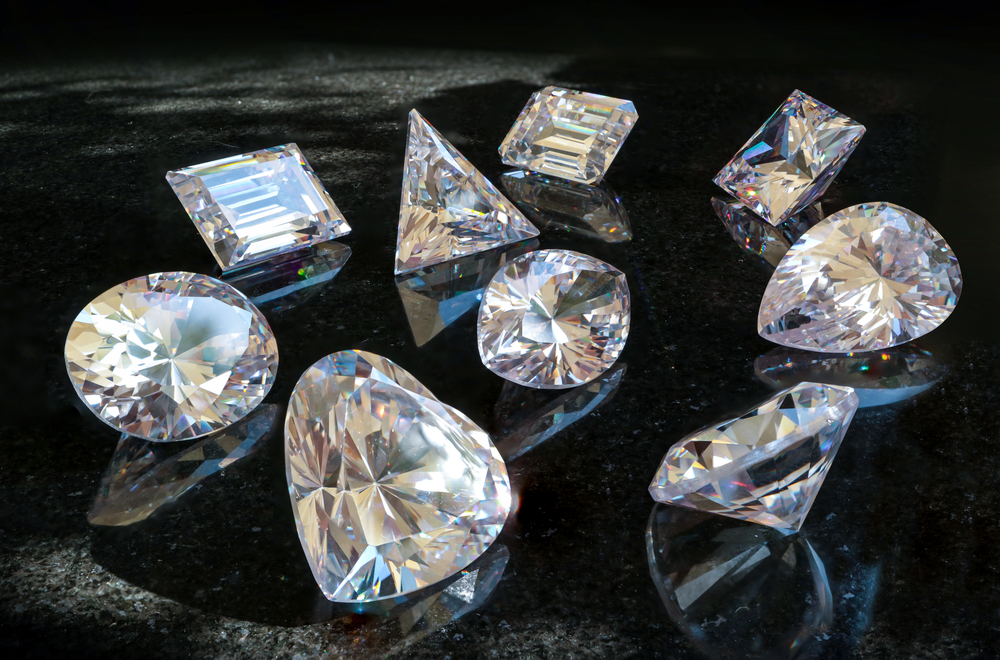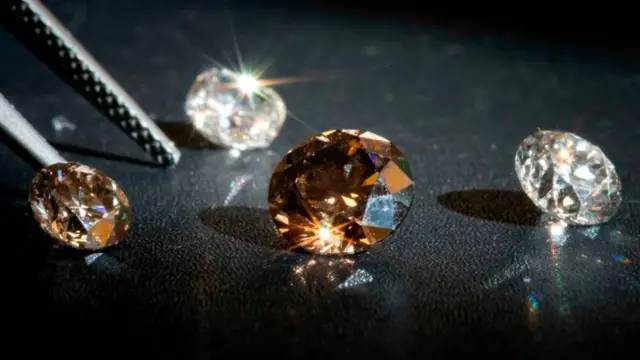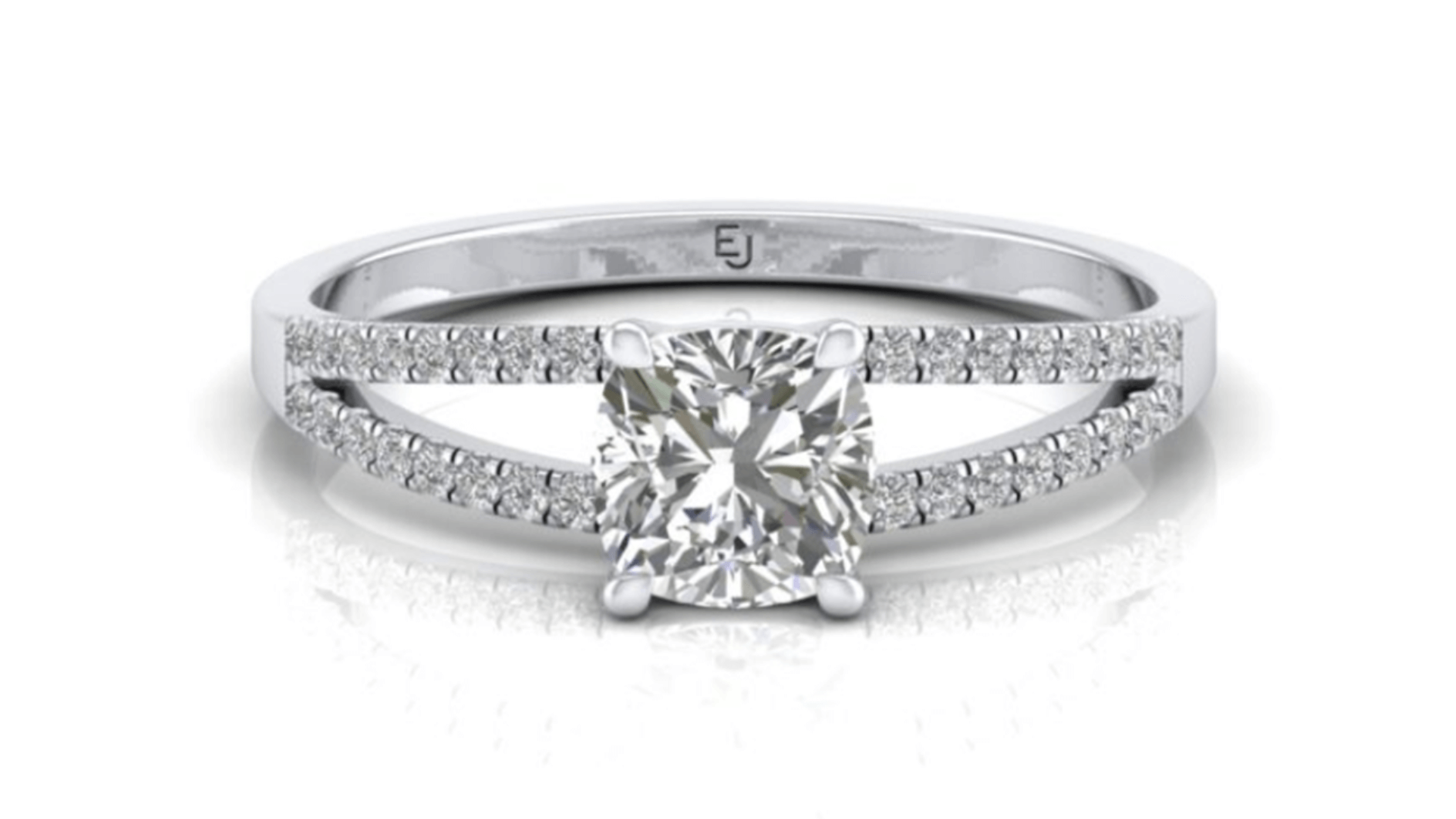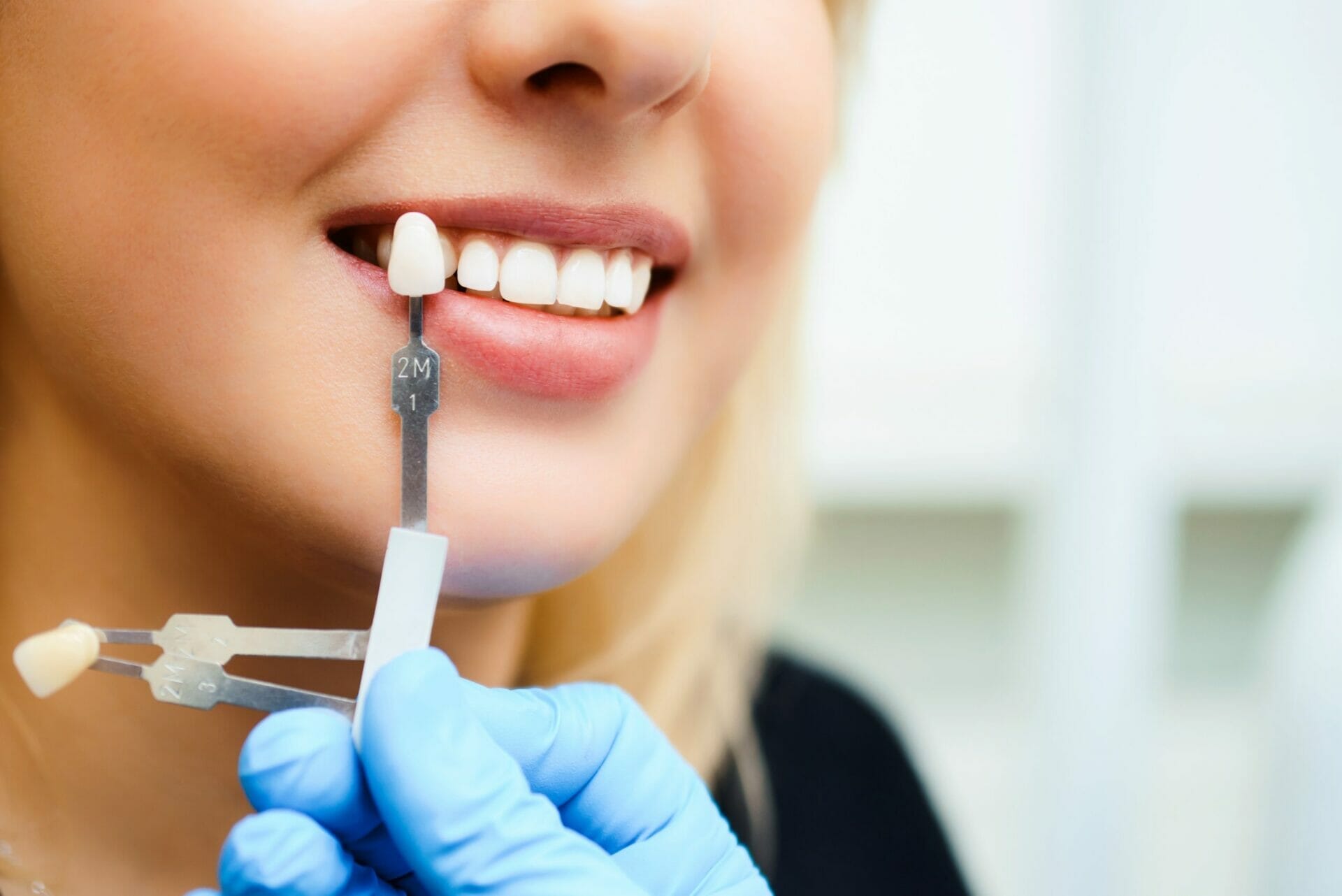
Microneedling vs. Chemical Peels: Which One Is Better for Your Skin?
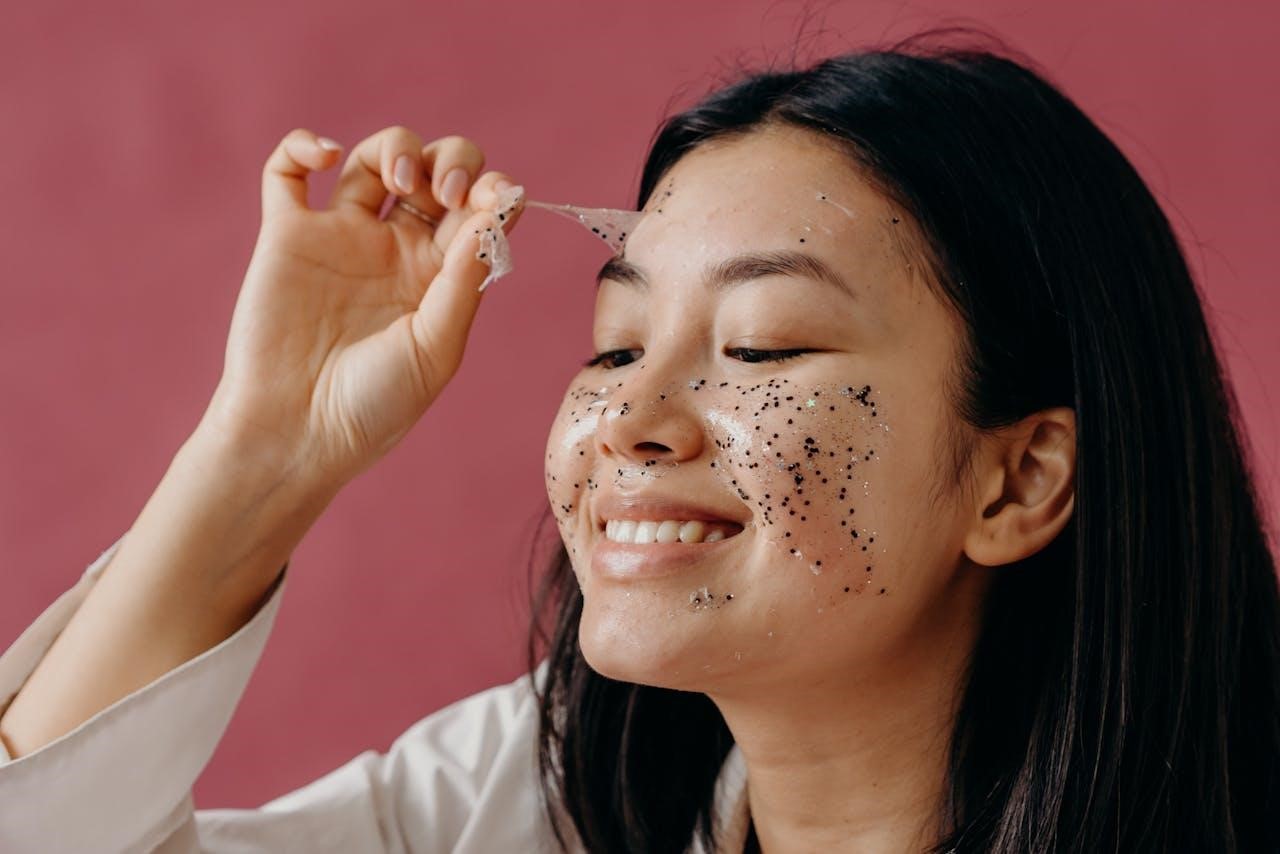 Posted On
Posted On
When it comes to skin rejuvenation, two of the most effective treatments available today are microneedling and chemical peels. Both treatments help improve skin texture, tone, and overall appearance, but they work in very different ways. If you’re wondering which one is better for your skin type and concerns, this article will give you a detailed comparison to help you make an informed decision.
We’ll explore how microneedling and chemical peels work, their benefits, recovery time, and which treatment might be best suited for your skin. Plus, we’ll discuss how luxury skincare brands like Sulwhasoo and Sensoo Skincare complement these treatments for the best results.
Table of Contents
1. What is Microneedling?
Microneedling, also known as collagen induction therapy (CIT), is a minimally invasive procedure that involves using a device with tiny needles to create micro-injuries in the skin. These small wounds trigger the body’s natural healing process, leading to increased collagen and elastin production.
During the treatment, a dermaroller or microneedling pen is used to gently puncture the skin. This stimulates the skin’s regeneration process, helping to reduce the appearance of fine lines, acne scars, and enlarged pores. The treatment also enhances product absorption, making serums and skincare more effective.
Microneedling is ideal for those looking for long-term improvements in skin texture and firmness.
2. What is a Chemical Peel?
A chemical peel is a skin-resurfacing treatment that uses a chemical solution to exfoliate the outermost layers of skin. This process helps remove dead skin cells, reduce hyperpigmentation, and improve skin texture.
Chemical peels are available in three strengths:
- Light peels (superficial) – Target mild discoloration and dullness.
- Medium peels – Improve hyperpigmentation, acne scars, and fine lines.
- Deep peels – Used for severe wrinkles and deep scars but require significant downtime.
After a chemical peel, the skin sheds its old, damaged layers, revealing a brighter, smoother complexion underneath.
3. Benefits of Microneedling
Microneedling has gained popularity for its ability to improve skin texture and promote collagen production.
Some of the key benefits of microneedling include:





4. Benefits of Chemical Peels
Chemical peels are excellent for skin resurfacing, helping to achieve a brighter, more even complexion.
Some of the key benefits of chemical peels include:





5. Recovery Time and Side Effects
While both treatments are generally safe, some side effects and recovery time should be considered.
After microneedling, you may experience:



After a chemical peel, recovery varies depending on the type of peel:



6. Which One Should You Choose?
The best treatment for you depends on your skin type, concerns, and goals.
Choose Microneedling If You Want:



Choose a Chemical Peel If You Want:



7. Can You Do Both Treatments Together?
Yes! Many skincare experts recommend alternating microneedling and chemical peels for optimal skin rejuvenation.



Conclusion: Which Treatment is Right for You?
Both microneedling and chemical peels offer amazing benefits, but the best choice depends on your skincare goals. If you want to fade dark spots and improve skin tone quickly, chemical peels may be better. If you’re looking to boost collagen, improve texture, and minimize pores over time, microneedling is a great option.
Luxury skincare brands like Sulwhasoo and Sensoo Skincare offer nourishing, hydrating products that can enhance results and support post-treatment healing.



